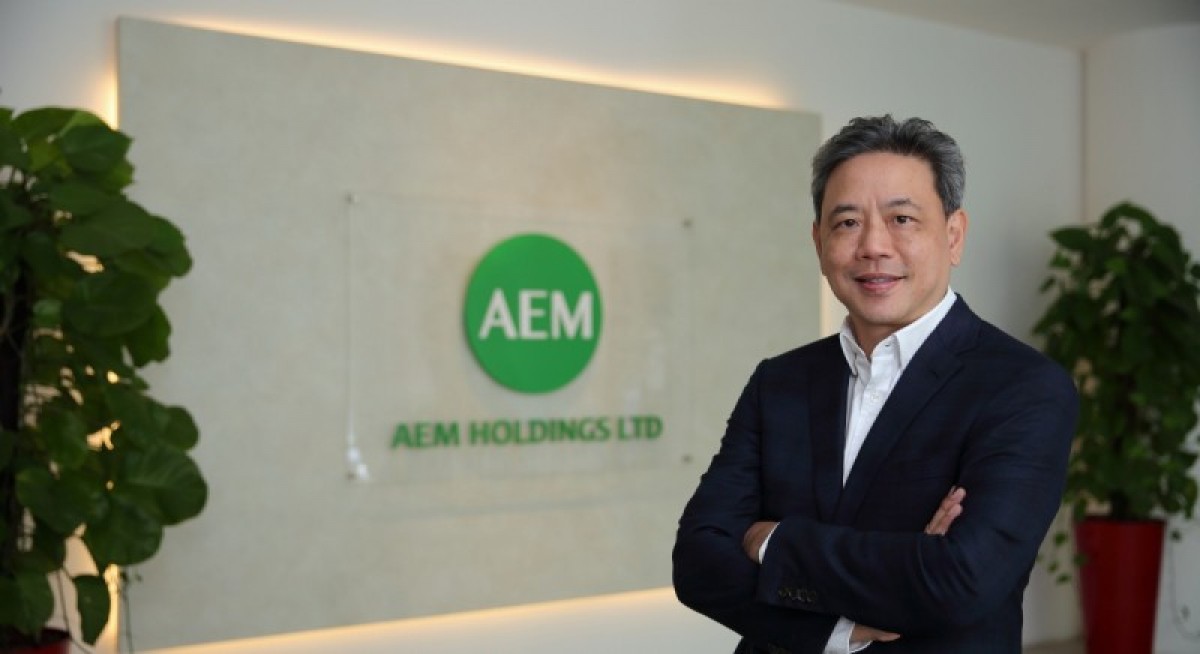As such, Tng has raised his target price to $7.90 from $5.84, to factor in a 10.7% to 12.2% increase in his FY2022 and FY2023 earnings estimates.
Intel’s capacity expansion will cost US$7.1 billion, according to Malaysia’s Ministry of International Trade and Industry on Dec 16 2021.
Intel already has a significant presence in Malaysia, particularly the state of Penang.
“In our view, Intel’s expansion plan in Penang is a positive for AEM,” writes Tng.
See also: AEM guides for FY2022 revenue to range from $670 mil to $720 mil
“With production slated for early 2024, we believe order momentum for AEM’s test handlers will be robust in FY2022 - 2023,” he adds.
Some catalysts for AEM, Tng observes, are stronger-than-expected orders from its major customer and earlier-than-expected success in securing orders from other prospective customers.
On the other hand, downside risks are cost pressures as well as delivery delays with supply chain woes continuing. Intel itself is facing more competition and AEM investors should take that into consideration.
See also: CGSI sticks with ‘add’ but cuts TP, JPMorgan downgrades to ‘neutral’ for SCI after Alinta deal
DBS analyst Chung Wei Le maintains his target price of $6.04, and also notes that AEM’s share price has a strong positive correlation with the US semiconductor equipment billings, which is one of the indicators of the industry’s strength.
“Despite 25 consecutive monthly (y-o-y) increases, preliminary estimates for October indicate a 41.3% y-o-y rise. We believe AEM is in a strategic position to benefit from its key customer and industry uptrend, and could re-rate higher,” Chung points out.
Chung, citing Intel, notes that the semiconductor industry could double to US$1 trillion by 2030.
Intel is also ready to commit significant investments to ensure that it is at the forefront, and Chung believes that this will translate into higher revenues for AEM in FY2022-2023.
However, he does also caution on concentration risk, saying around 95% of AEM’s revenue is derived from Intel.
In a typical year, about 50% of the revenue is from the sales of equipment, which is lumpy in nature and dependent on Intel’s need to replace existing machines or increase its production capacity.
As for Maybank’s Lai Gene Lih, he also broadly agrees with the points above, maintaining his target price of $6.23 for AEM.
For more stories about where money flows, click here for Capital Section
He points out, however, that there’s “room for positive guidance revisions” in FY2022. “AEM has historically been conservative in guidance – especially at the start of the year. We expect positive guidance revisions throughout the year,” Lai adds.
He expects demand for the AEM’s new generation equipment to be underpinned by Intel’s new generation data centre and client products, namely Sapphire Rapids and Alder Lake.
These are Intel’s first mass produced heterogeneously packaged chips, which he believes require greater reliance on system-level tests.
Lai also thinks that Intel’s planned US$7 billion spending in Penang over 10 years is positive, and not factored in the guidance, as the new facility only broke ground in Dec 2021.
At 11.17am, AEM traded at $5.11, with a FY2021 price to book ratio of 3.92 and dividend yield of 1.4%, according to CGS-CIMB.




